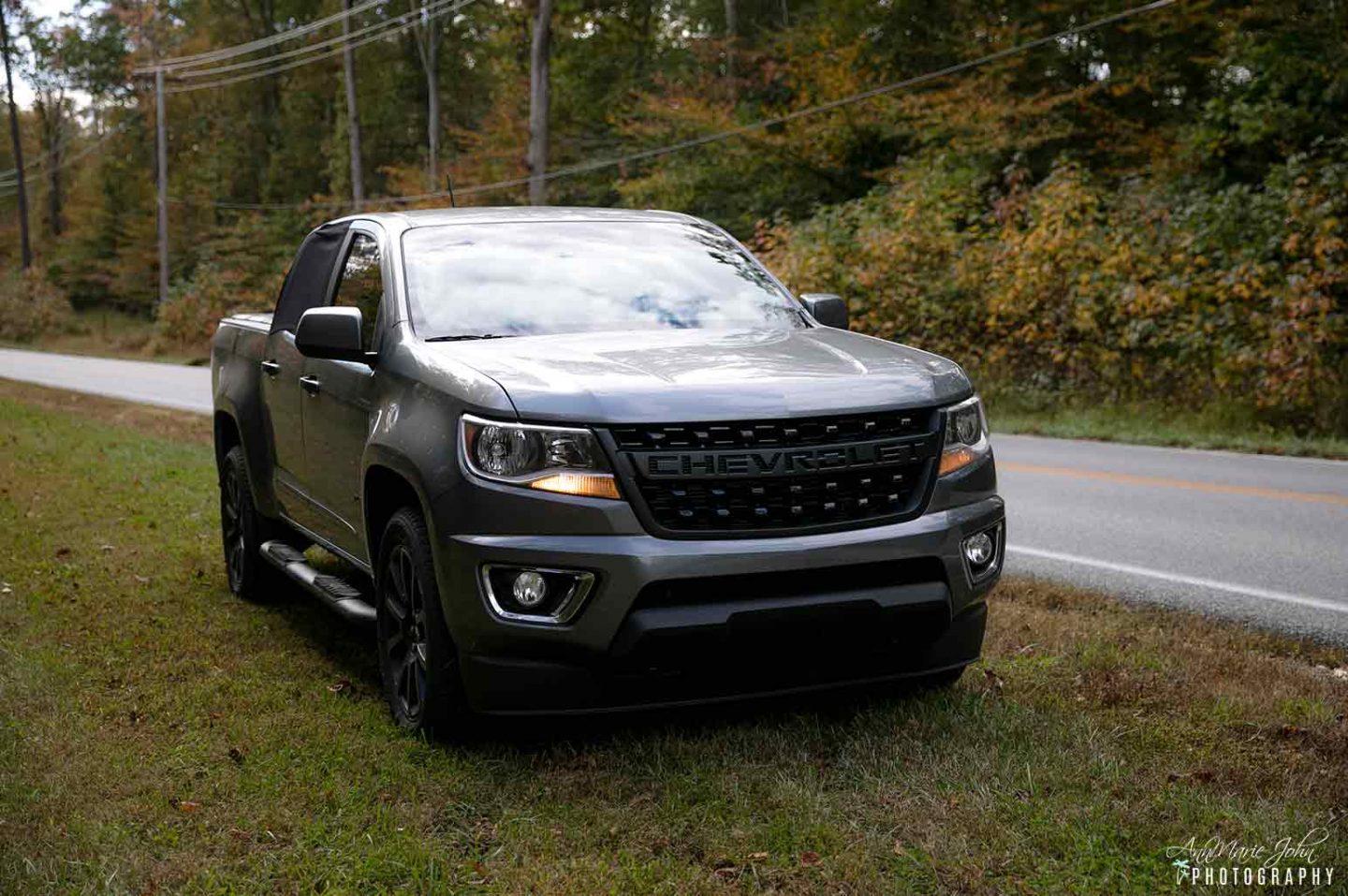
Reports show that several million auto accidents occur on America’s roads on a yearly basis, and there can be many possible causes of these accidents. A lot are caused by drivers behaving recklessly or negligently, failing to follow the rules of the road, and putting themselves and others in danger. Others can be caused by those who drive under the influence of other factors like bad weather or poor visibility.
Regardless of the reasoning, the simple fact of the matter is that auto accidents are happening all the time, all over the nation, on every kind of road. Even though many people might assume that city streets are the most dangerous, statistics show that a surprising percentage of auto accidents occur on rural roads and in-country environments, so even when you’re out in the sticks, crashes and collisions can still happen any time.
It’s therefore important for all drivers to pay close attention and behave responsibly, whether they’re in the middle of the city or out on a rural road, surrounded by fields and farmland. Indeed, there are various specific factors about driving on rural roads that can make them particularly challenging to deal with, and this guide will cover some top tips you need to know to stay safe.
Stay Within the Limit
When it comes to driving safely, one of the most fundamental rules to follow is to always stick to the speed limit. This is something that every driver learns early on in life, before even sitting behind the wheel of a car for the first time, and it’s very important for rural driving in particular, as rural roads can be winding, unpredictable, and hilly.
You might not be able to see too far in front of your car or around the next turn on rural roads, which is why you need to keep your speed low. What’s more, some rural areas even traditional rules regarding livestock having the right of way on country roads, so that’s one more reason to stay slow and patient.
Be Careful with Tractors and Farming Vehicles
One of the big differences between rural roads and urban roads is that you probably won’t spot any farming equipment in the middle of the city, but rural roads can often be home to tractors and other farming vehicles. This is one of the quirks of driving out in the country, and it’s important to respect the rights of these vehicles.
They have every right to be on the roads, and even though it can be frustrating to get stuck behind a slow tractor or combine, it’s important to remain calm and patient, keeping your distance from the vehicle and only passing when it is safe to do so. Try to wait for a long stretch of open road where you can clearly see that the way ahead is clear before passing.
Be Ready to Adapt to Weather and Darkness
It’s always important to be aware of the weather and light conditions while driving, as things like rain, fog, and storms can all affect your safety on the roads. However, this is especially important on rural roads. City roads can be very well-maintained and have lots of lights around to illuminate the path ahead, even after dark.
Rural roads don’t have so many lights and may not be in such good condition, so you have to navigate them carefully. Be ready to use your lights, as needed, to light up the way ahead, and adjust your speed and braking patterns when rain or snow starts to fall.
Plan and Prepare Ahead of Time
If you know that you’ll be driving on rural roads on an upcoming journey, like a cross-country or cross-state road trip, it’s recommended to take some time to plan your trip with care and make sure you’re fully prepared to handle anything that might happen.
Try looking at maps to plan the route you want to take, for example, as it can be easy to get lost on rural roads and your phone might not always have a connection. It’s also recommended to pack some supplies just in case of emergencies, including flashlights, flares, blankets, a starter cable, and a first aid kit, as if you have any kind of accident or break-down, you might have to wait a while for help to arrive.
Final Word
Rural roads can be pleasant to drive along, but they also have some risks and dangers to take into account. Follow these tips to make sure you’re ready for rural driving.